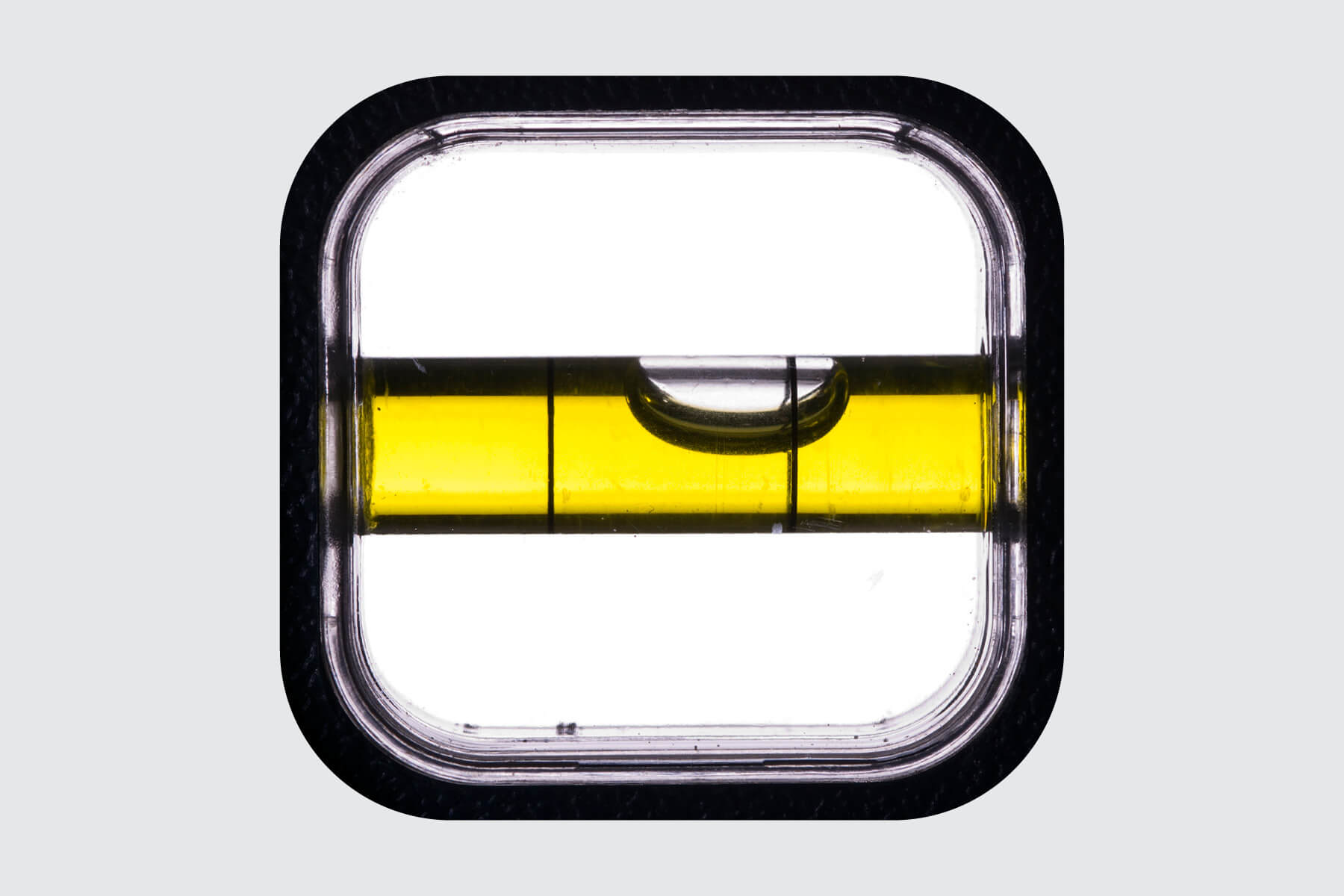The construction sector is steadying, but uneven, suggesting the K-shaped economy is giving one last flicker in the sector as recovery takes hold.
Overall spending is flat, back to levels we saw in early 2022. That suggests the worst may be behind us, but volumes are still low. The businesses that are active now tend to be the stronger ones. They pay on time, are not struggling with debt, and carry lower risk. Even so, arrears are a bit higher than pre-COVID, and job listings and filled roles are starting to drop, showing some pressure in employment.
Key points:
- More new businesses are still starting than closing, but the pace has slowed since the 2021 to 2022 boom.
- Residential construction is where it is toughest, with spending down about 20 percent since the late 2022 peak. The North Island is down 25 percent and still sliding, while the South Island is down 7 percent and starting to pick up. New dwelling consents are at a low point, average homes are smaller, and values are lower than in previous years.
- Commercial construction is holding up better, with spending growing almost 5 percent over the past year, even though consent values are down. Most growth comes from only a handful of larger companies, so there is still some risk if one of them slows down.
- Arrears are up slightly, mostly because larger debtors are stretching payment terms rather than being in financial trouble. Subcontractors are split. Civil and concreting work has been steadier, while electrical and plumbing trades are feeling more pressure. Regionally, the South Island looks stronger, with Canterbury and Otago stable and Southland, Taranaki, and the West Coast seeing growth. Auckland is still weak, and Wellington remains fragile.
The takeaway is clear. Residential work in the North Island is going to stay tough for a while, but commercial projects and the South Island offer opportunities. For businesses supplying into the sector, focus on who you back, where they are based, and how quickly they pay. Staying on top of credit and payments is key to protecting margins in the months ahead.

